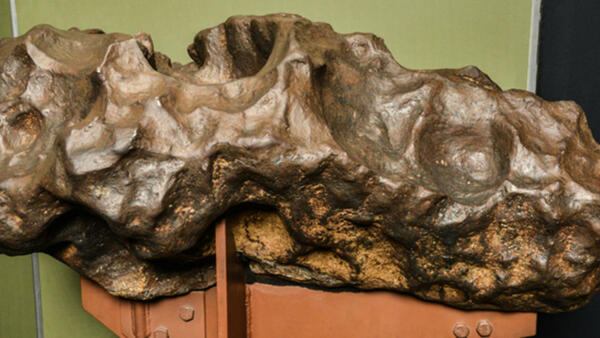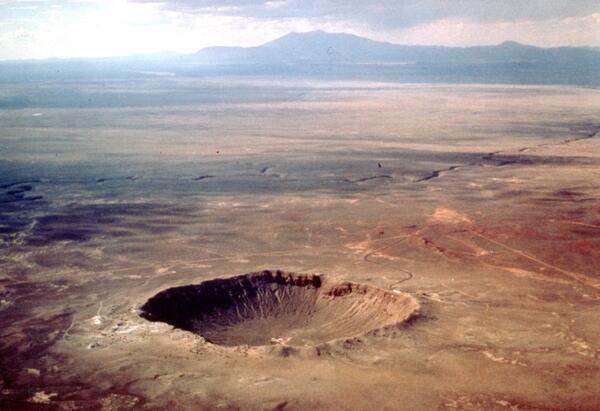Asteroid Impact Modeling Working Group Hikes into Meteor Crater
Asteroid Impact Modeling Working Group Hikes into Meteor CraterThis photograph shows members of the Asteroid Impact Modeling Working Group workshop participants descending into Meteor Crater in northern Arizona. Meteor Crater is the best-preserved asteroid impact crater on Earth. It has been used to study the effects of impact, and as a site to train astronauts.








